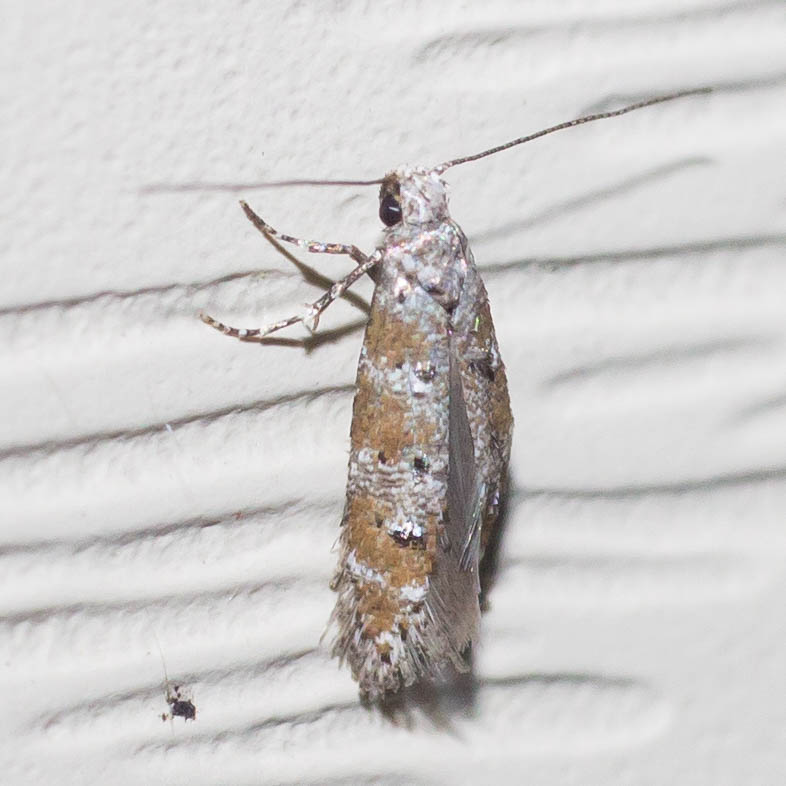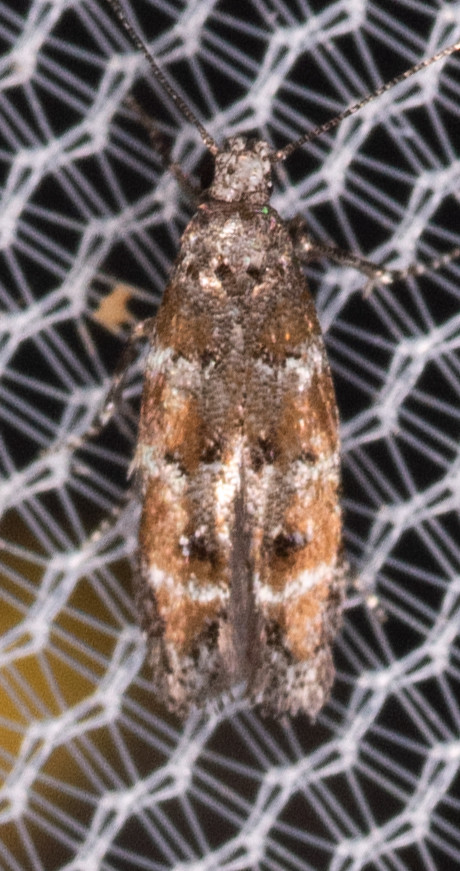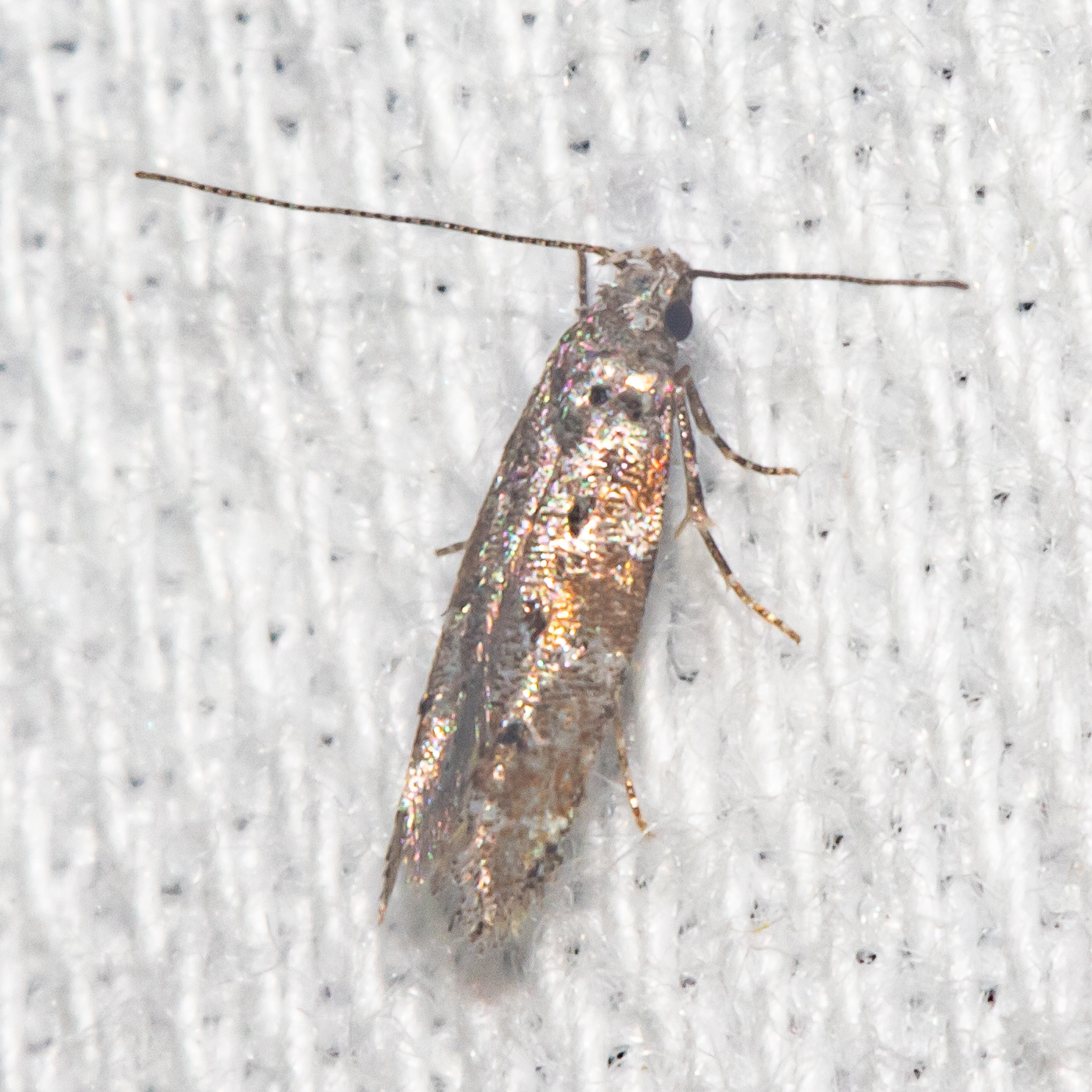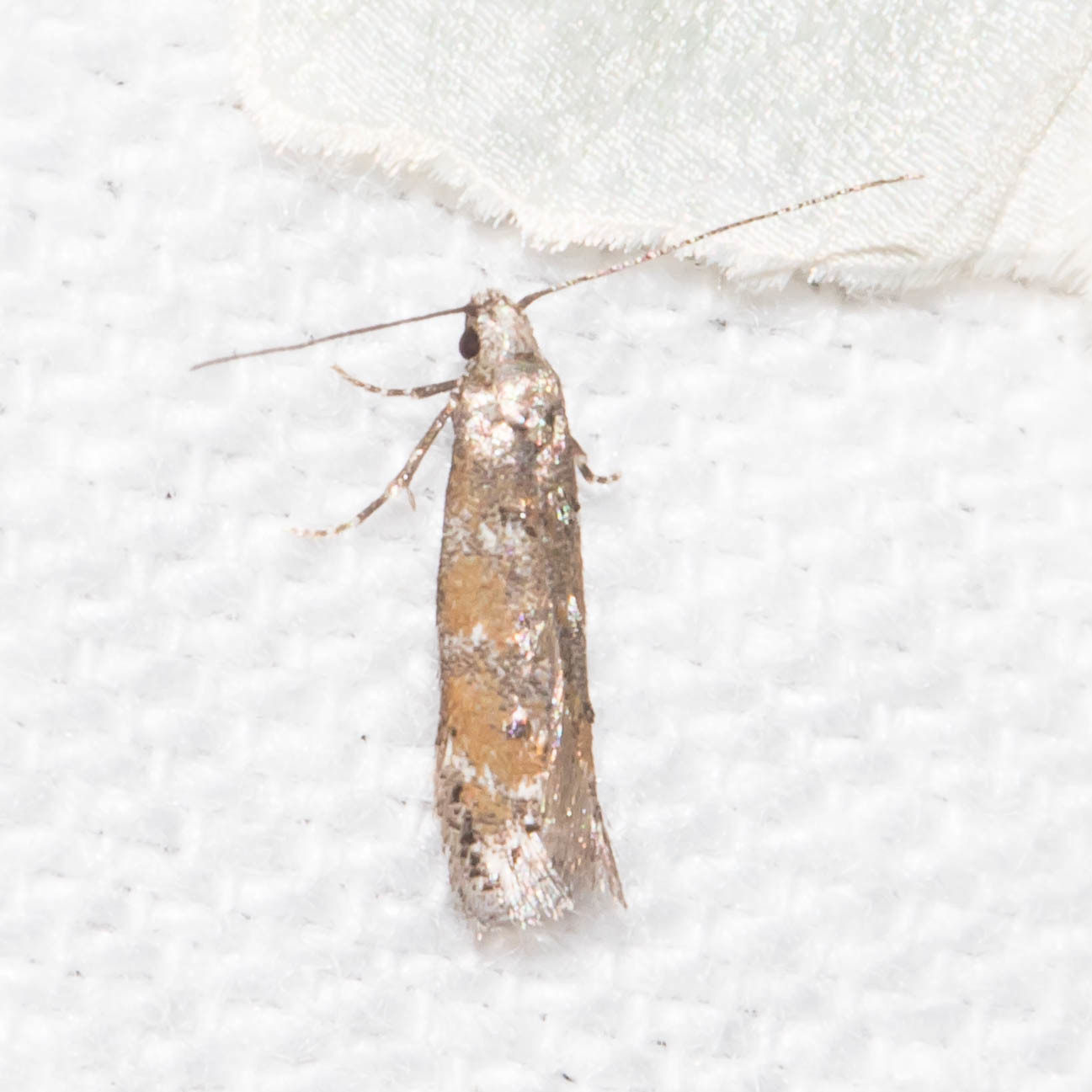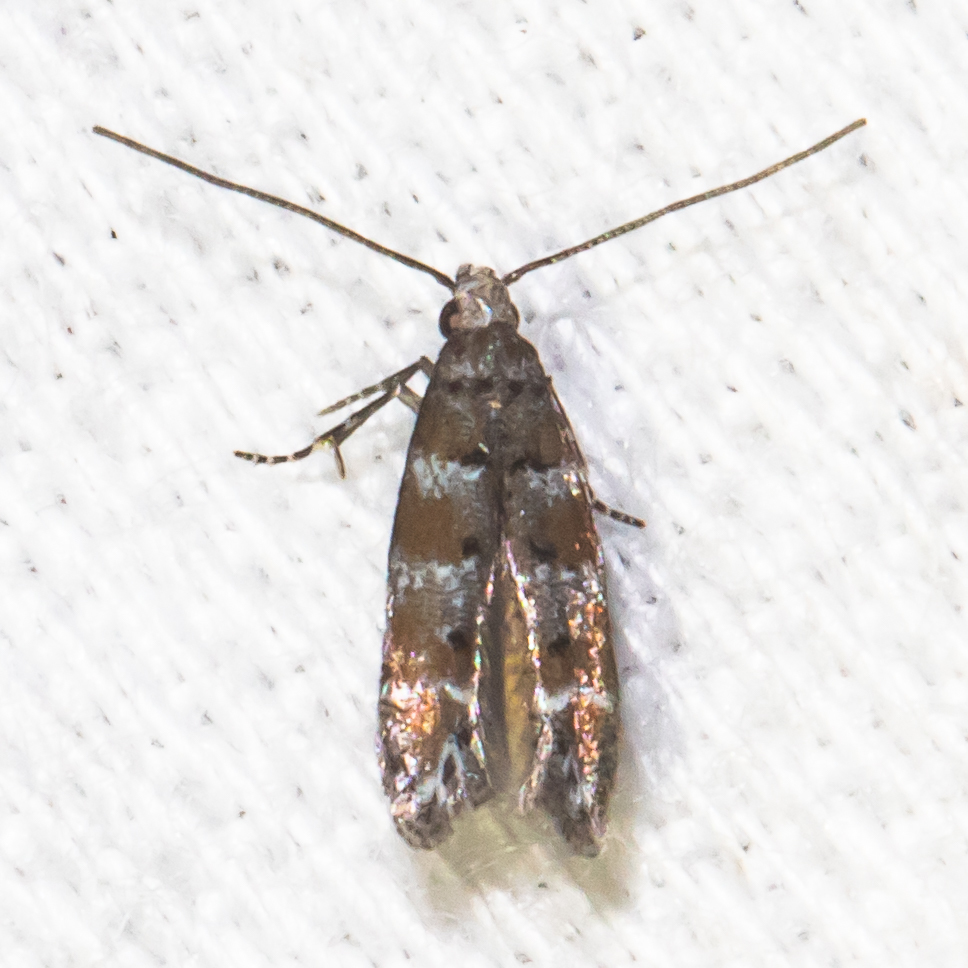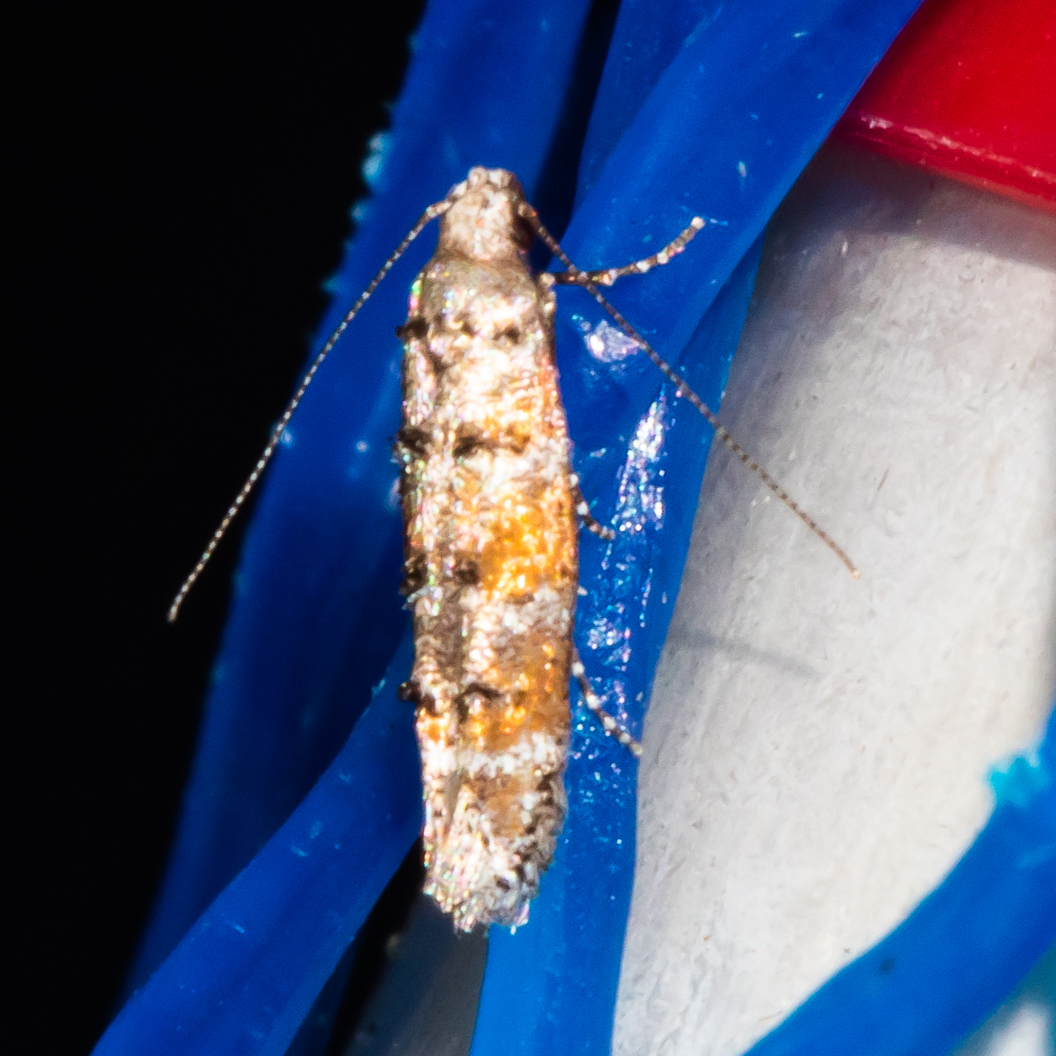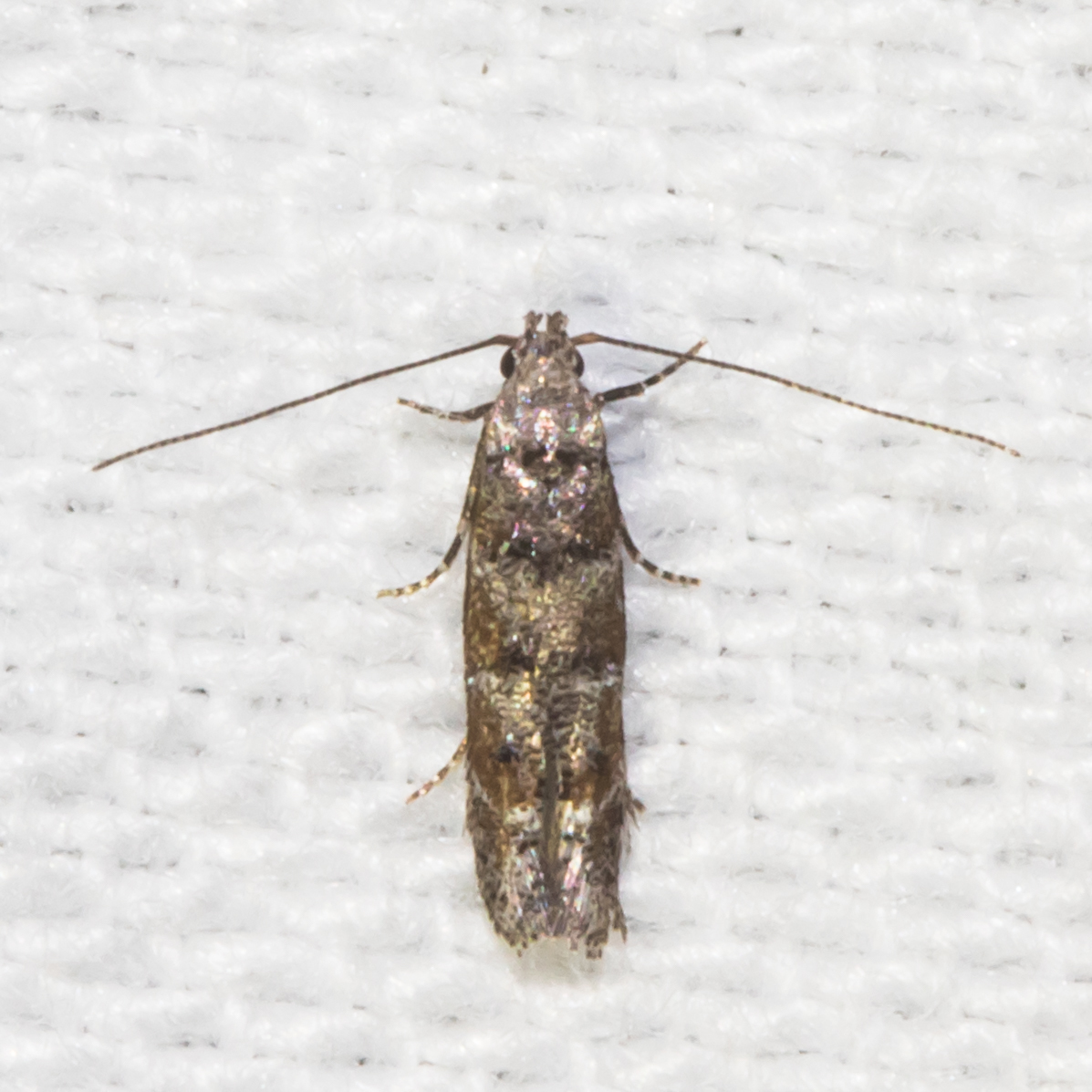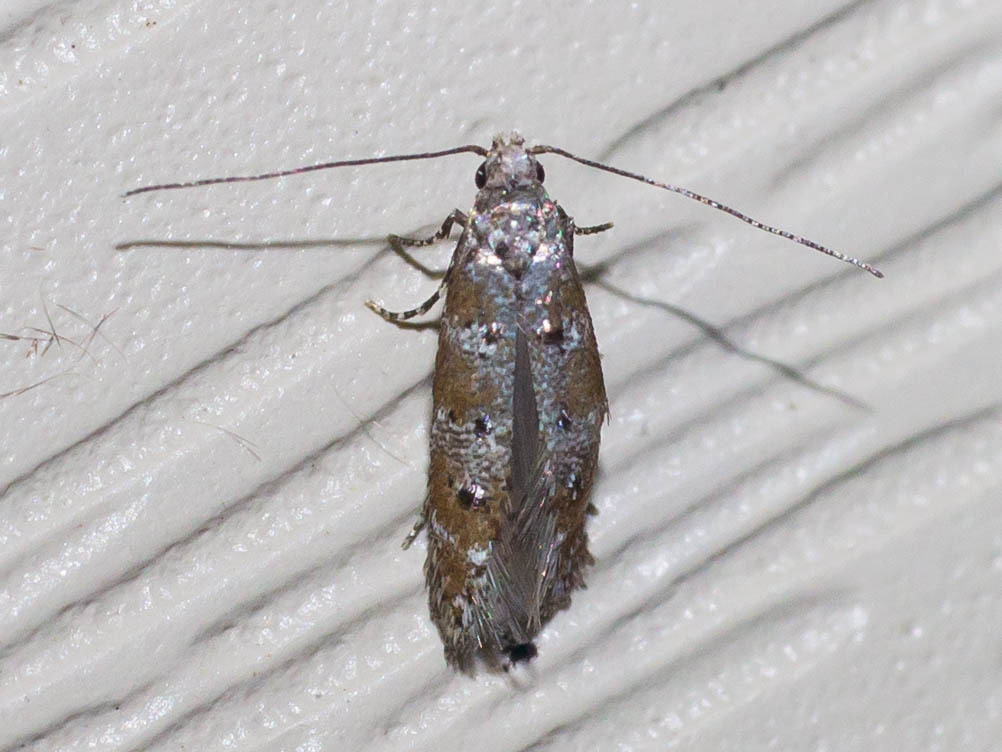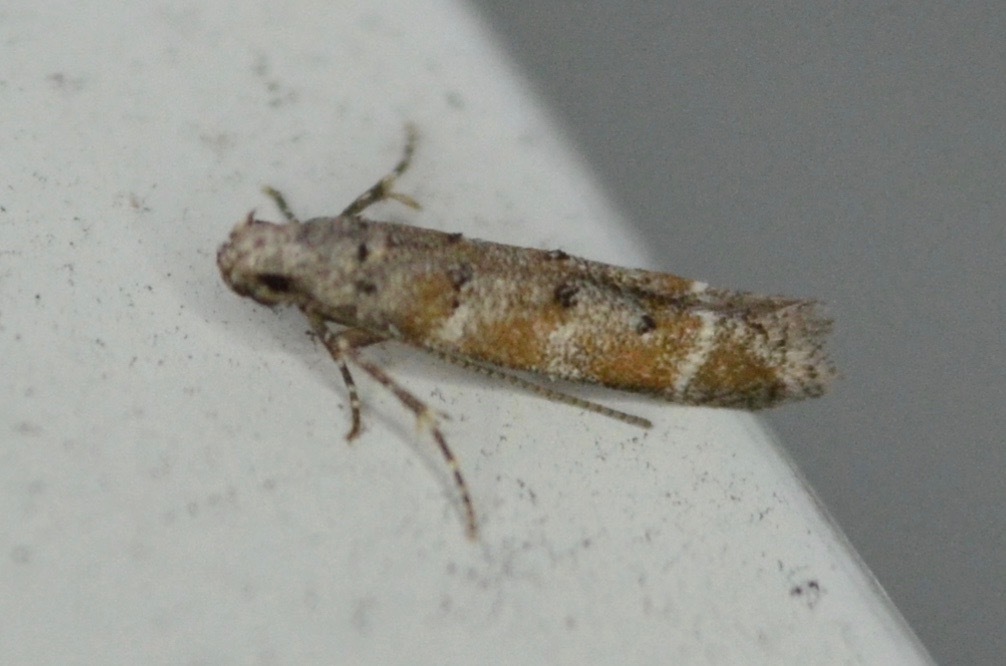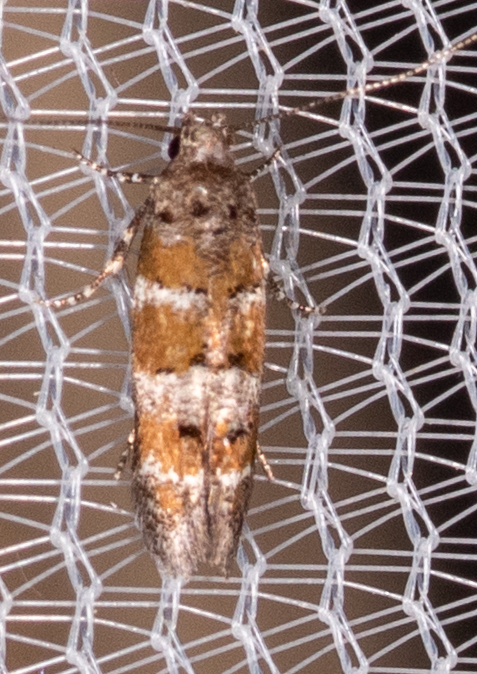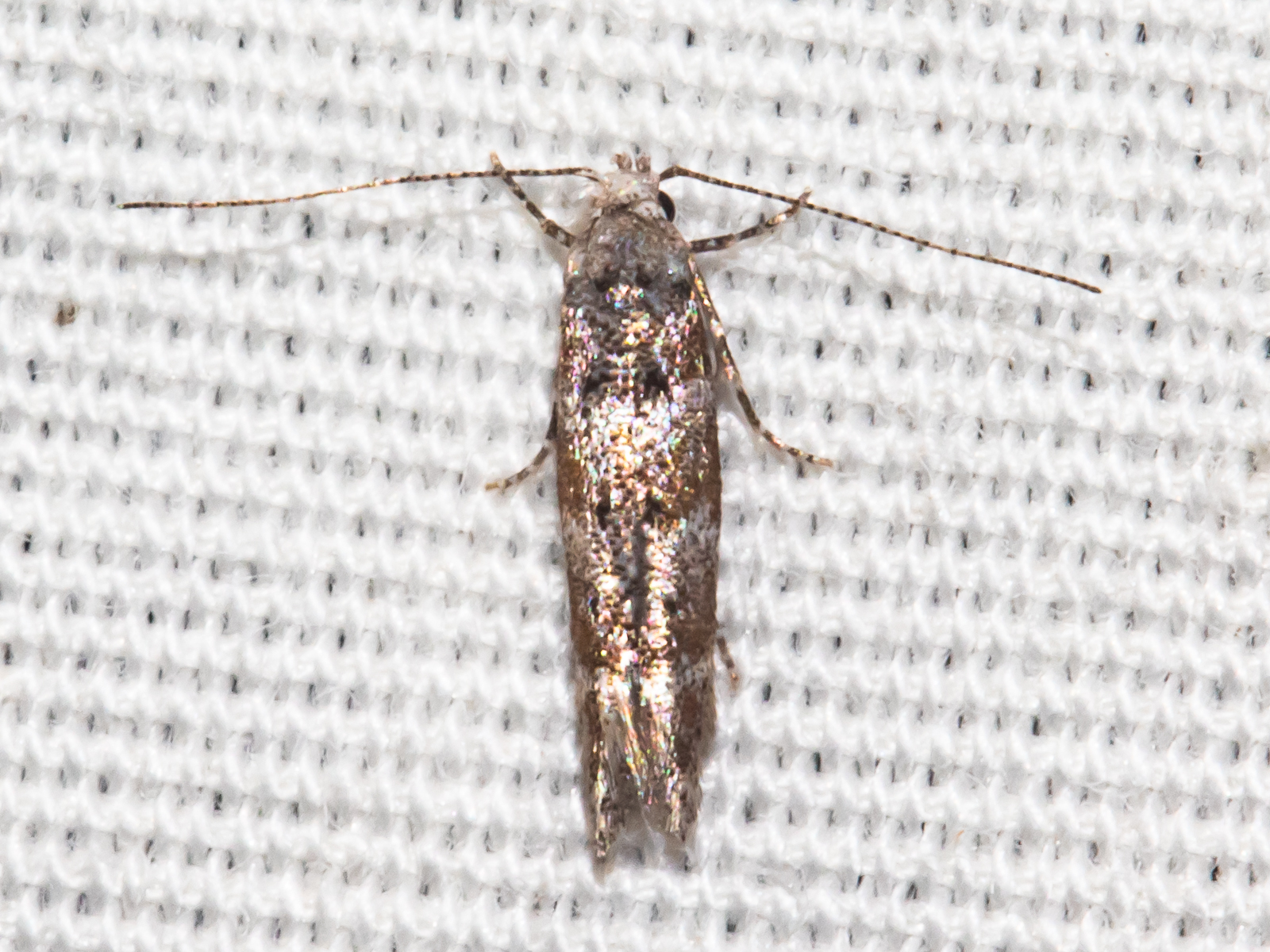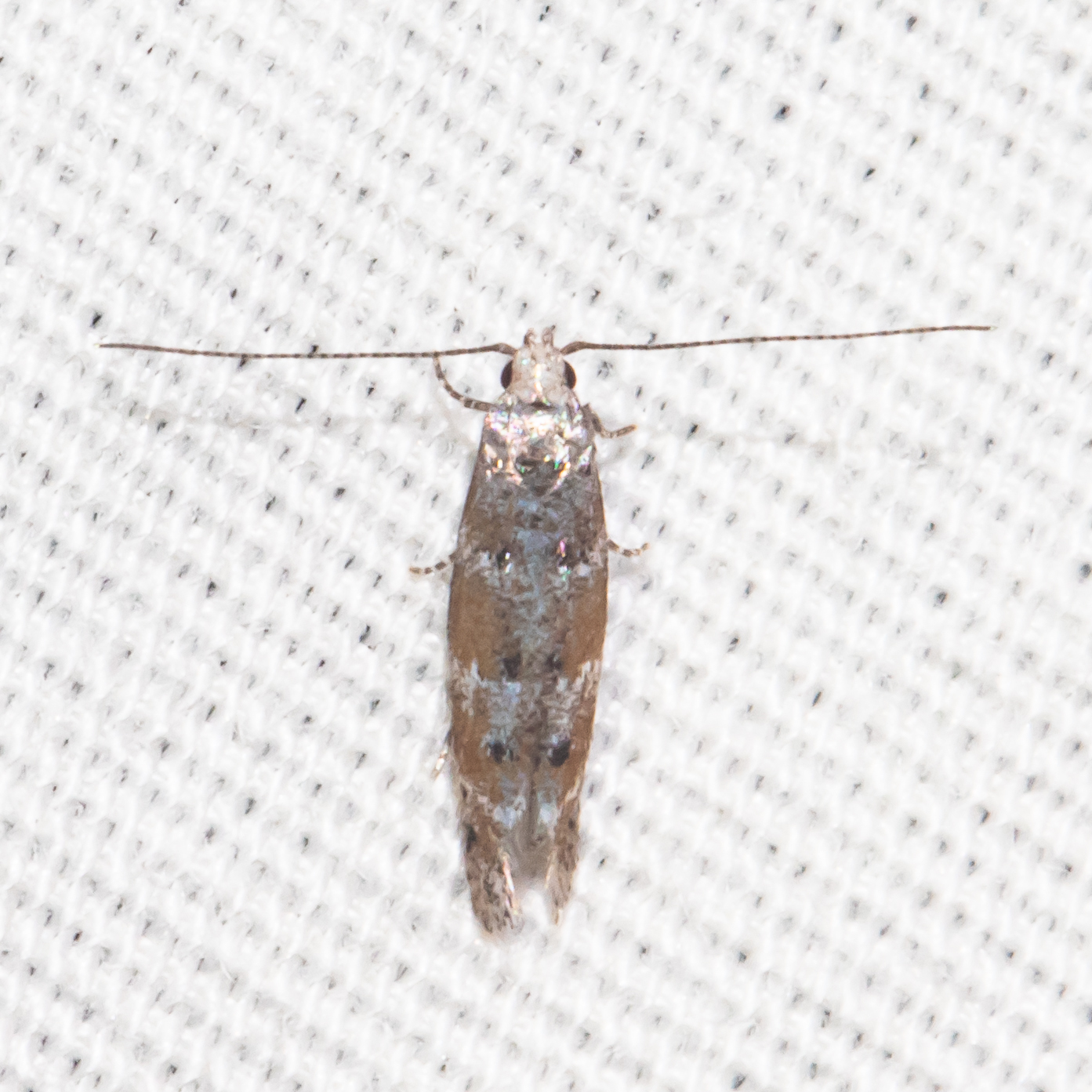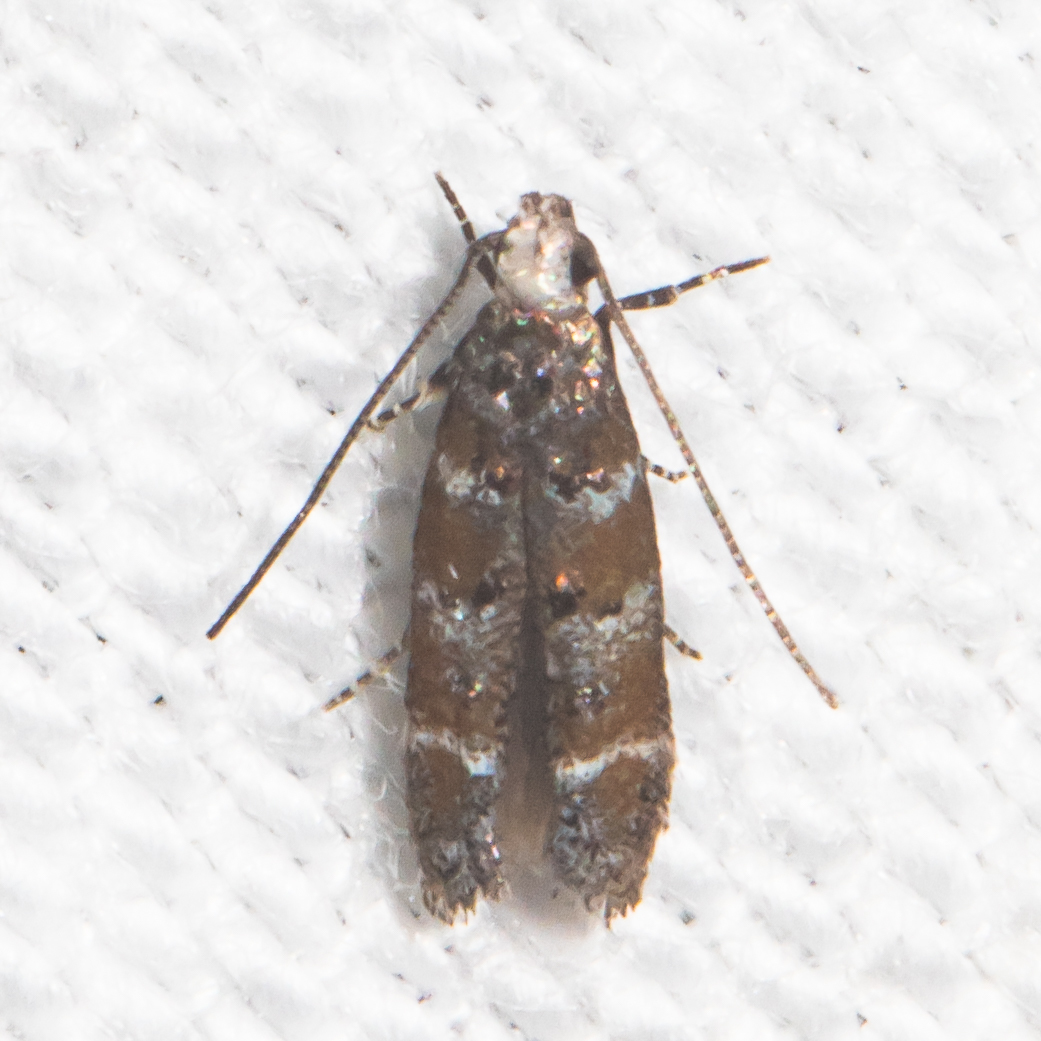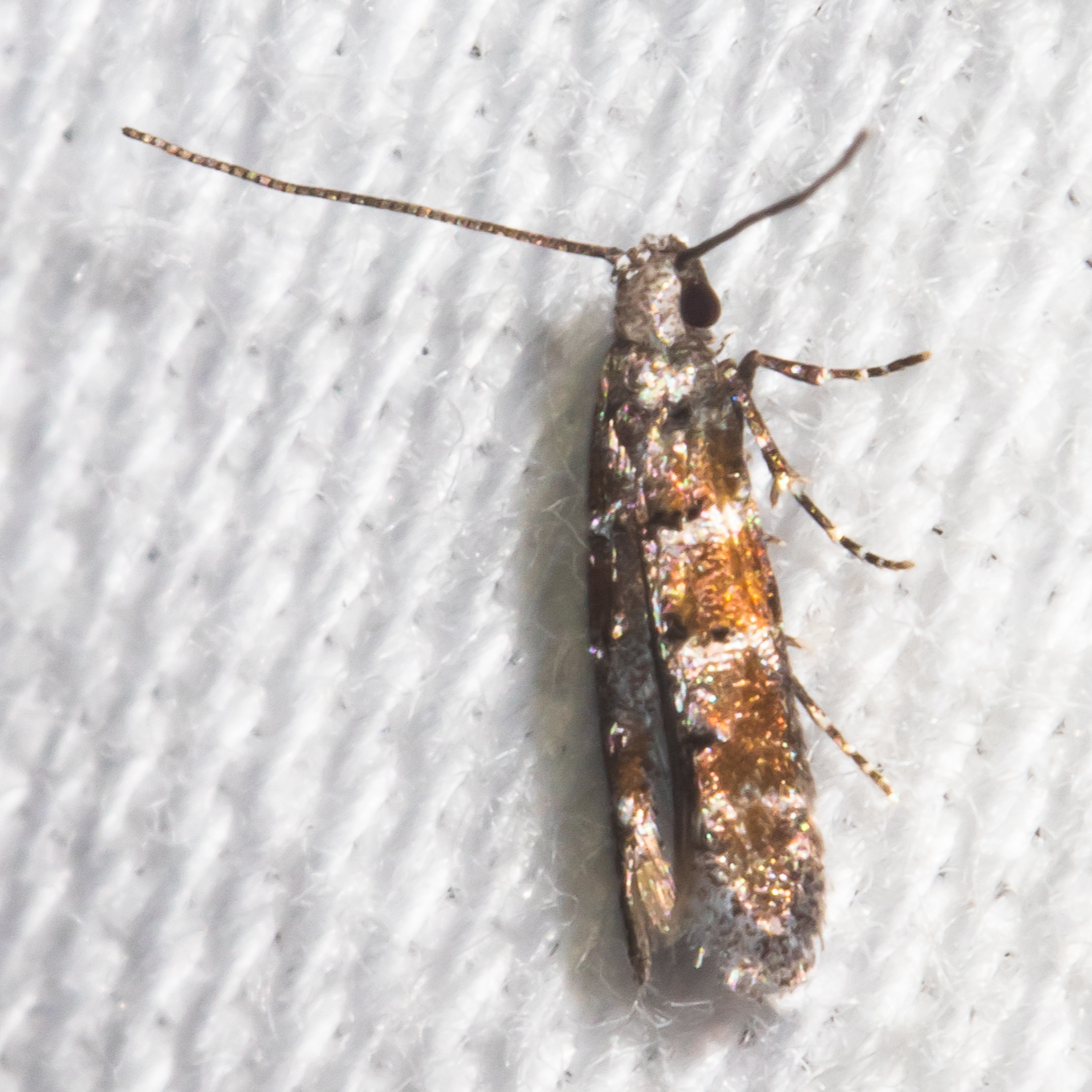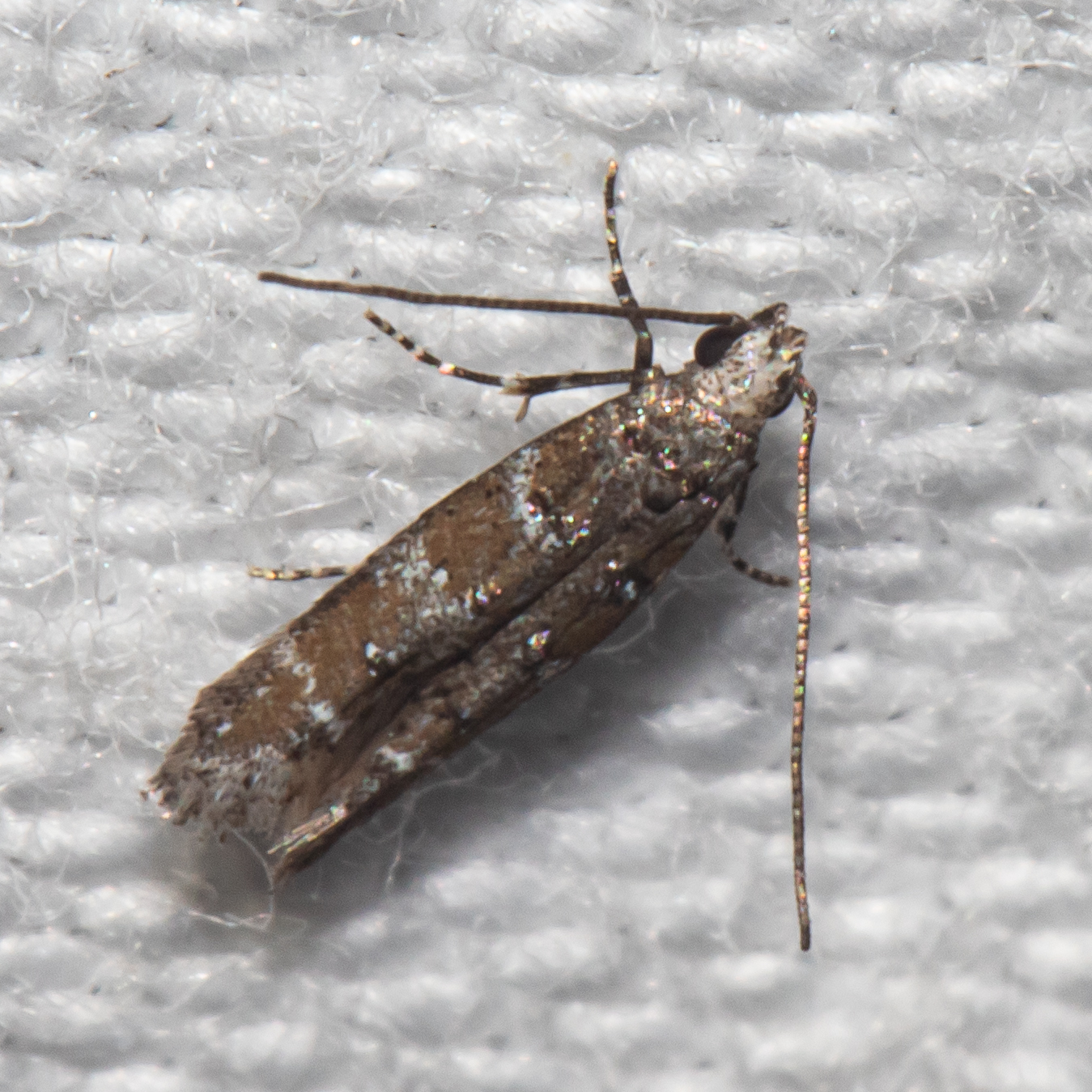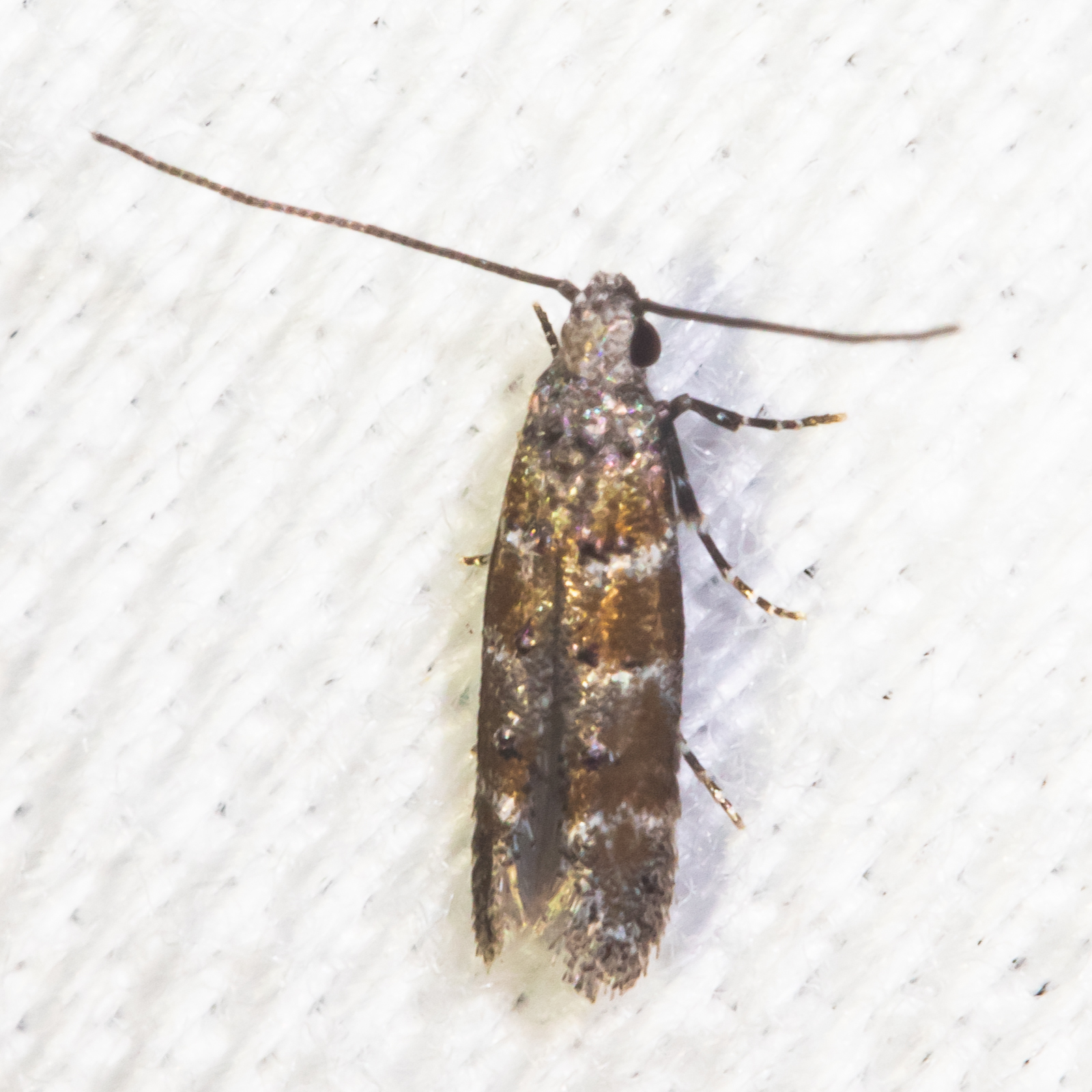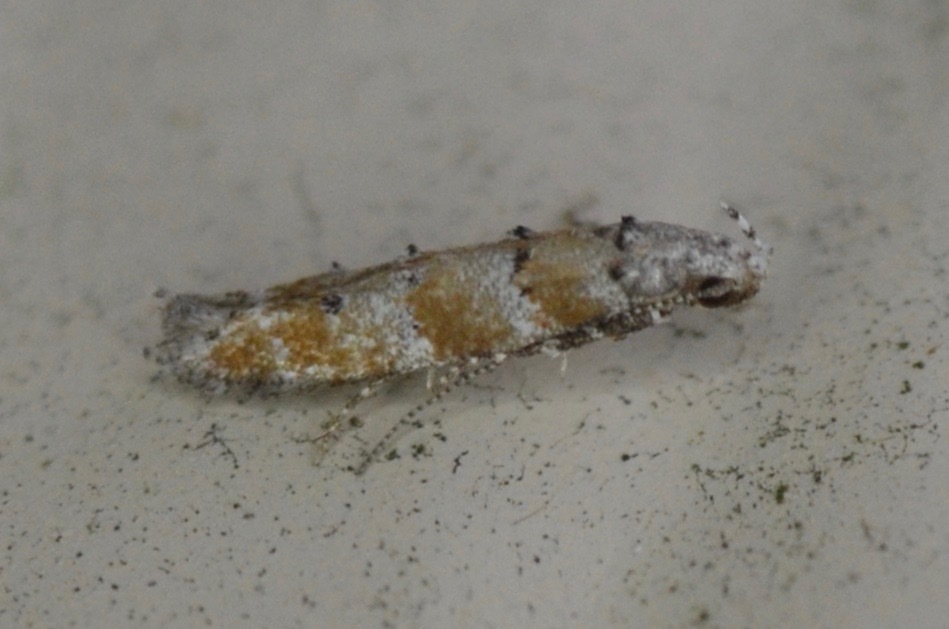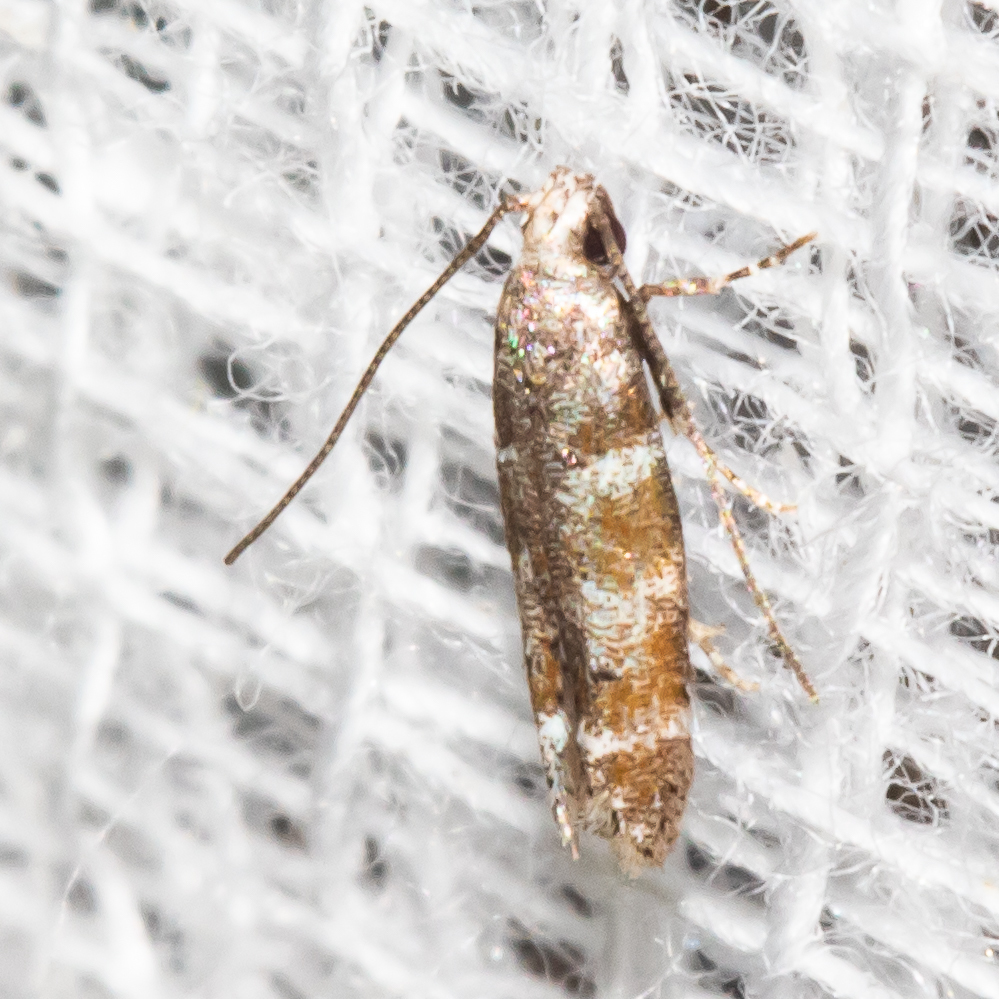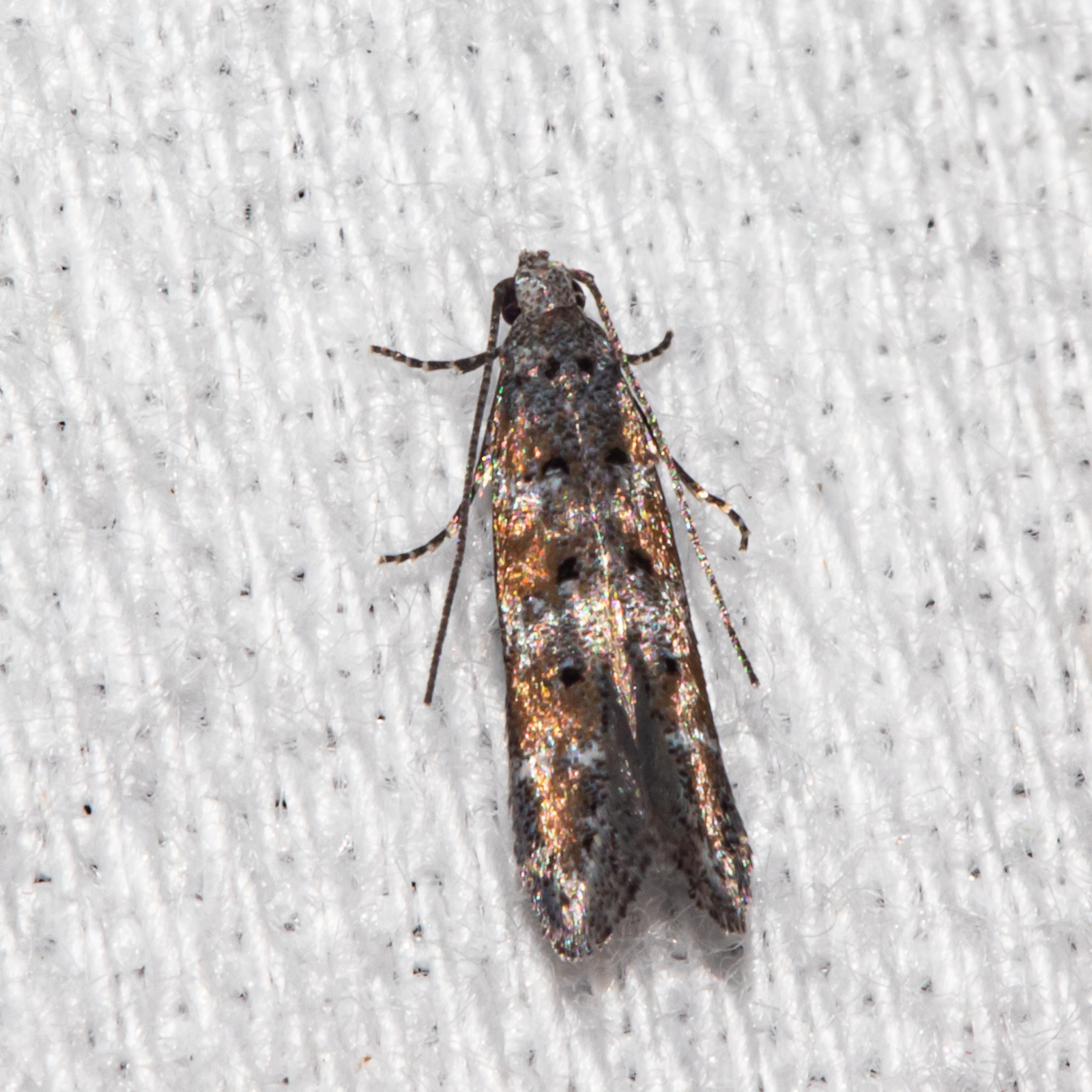Map Snapshot









128 Records
Status
The Pine Needleminer Moth is part of a complex of similar species mining pine needles as caterpillars. A possible related undescribed species has a gray vertex and top of thorax. Specimens of this undescribed species are curated in the USNM collection (as of 2019) as "Exoteleia sp.", separate from the similar Pine Needleminer Moth, which has a white vertex and top of thorax as curated. Hodges (1985) reviewed the several eastern Exoteleia species, noted evidence of what may be several undescribed species, and discussed the difficulties in defining the species limits. Adamski et al. (2010) showed four DNA clusters related to E. pinifoliella but could not conclude how many species may be represented, choosing instead to refer to the group as the pinifoliella complex. Both white-vertex and gray-vertex forms are confirmed in Maryland flying from May to August.
Relationships
Host plants include Table Mountain Pine.
Seasonality Snapshot
Source: Wikipedia
| Exoteleia pinifoliella | |
|---|---|

| |
| Adult | |

| |
| Larva | |
| Scientific classification | |
| Domain: | Eukaryota |
| Kingdom: | Animalia |
| Phylum: | Arthropoda |
| Class: | Insecta |
| Order: | Lepidoptera |
| Family: | Gelechiidae |
| Genus: | Exoteleia |
| Species: | E. pinifoliella
|
| Binomial name | |
| Exoteleia pinifoliella (Chambers, 1880)
| |
| Synonyms | |
| |
Exoteleia pinifoliella (pine needleminer) is a moth of the family Gelechiidae. It is found in eastern North America.
The forewings are brownish yellow flecked with fuscous scales and with three white fascia, placed about the basal fourth, the middle and apical fourth of the wing-length. The apex is densely dusted with fuscous scales on a white ground and the dorsal margin sparsely flecked with brown. The fascia are more or less margined with brown scales, and the third fascia is sometimes interrupted in the middle. The fuscous scales, which margin the first and second fascia especially near the fold along the second fascia, form minute tufts of raised scales. The hindwings are pale grayish.[1] There is one generation per year.
The larvae feed on various hard pines, including jack pine and pitch pine. They mine needles and spend the winter in a mined needle. It bores into additional needles and changes into a pupa within its last mine.
References
[edit]- ^ J. Cincinnati Soc. nat. Hist. 2 (4) : 181
 This article incorporates text from this source, which is in the public domain.
This article incorporates text from this source, which is in the public domain.
External links
[edit]
